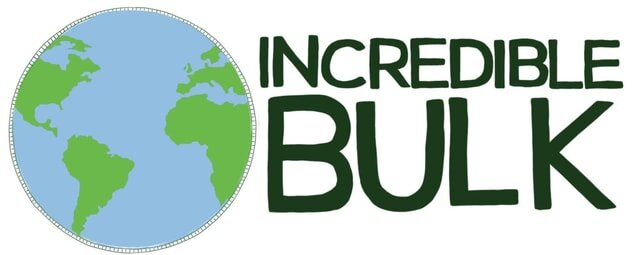Mindful Beach Cleaning
/After attending a thought provoking discussion on the potential environmental implications of the current surge in beach cleaning efforts, and the resulting possible harm to the delicate beach ecosystems, we decided to explore Jane Darkes’ website for further insights.
As plastic has been a part of the natural environment now for over 50 years it has become a part of the ecosystem. Creatures build their life around it, for better or worse. And while there is no doubt that removing plastic from the natural environment is beneficial (see blog post Beach Clean Ups Work), we have to be respectful of nature and the ecosystems that are around it when we look to remove waste to make sure we do so in a way that is least disturbing.
The strandline is where everything collects on a beach. It’s the line left by the last tide and it moves up and down the beach as the tides change each day. It’s here that you’ll find a mixture of debris washed up by the waves. The strandline looks different on different surfaces and what you find is determined by the landmass where you live and the currents of the sea. Everything that gets washed up on the beach has been through an incredible journey.
While on the beach it is crucial to remember that they are not only there for our enjoyment, they are of course also a home to a huge number of creatures and we need to be respectful of that.
The Wildlife Trust tells us to take care not to disturb wildlife and habitats when visiting the coastline, especially during the breeding seasons for animals like birds and seals. During the summer, many waders and seabirds nest on sand and shingle beaches, and seal pups are born during late autumn and winter. Disturbance at this time can lead to young being injured or abandoned. Beaches and strandlines need sensitive management to ensure that the fragile vegetation is not destroyed, or prevented from developing, and that breeding birds are not disturbed by people and dogs. Cleaning is an important part of this, but mechanised beach-cleaning should be avoided as it removes the top layer of sand and the strandline, while compressing the beach, badly damaging important invertebrate populations.
Buglife writes that many invertebrate species may be threatened by public pressure causing erosion and disturbance of their habitat. We should also remember that tidal litter such as seaweed and driftwood found on the strandline provides essential shelter for many invertebrates and should not be cleared away as is often the case with beach tidying schemes. The removal of driftwood for beach barbecues or decorative purposes is highly damaging. The large, nationally scarce Beach Comber Beetle (Nebria complanata) requires fairly large items of flotsam such as driftwood under which to shelter and find the sandhoppers on which it feeds. The French Zipper Spider (Drassyllus lutetianus) also lives among wet tidal debris.
Having increased our knowledge a little on the fragile ecosystems and creatures of the beach we will now be taking a more mindful approach to beach cleaning, ensuring to minimise disturbance to the natural environment as we go on the hunt for plastic.
If you want to learn more about the creatures of the strandline, dunes and beaches check out the links below:
Information from Jane Darke, Wildlife Trust Beaches, Wildlife Trust Coastal and Buglife
Further reading: Blog post Beach Clean Ups Work
